Throughout automotive history, certain sports cars have stood out not just for their speed or power, but for their groundbreaking designs. These vehicles pushed the boundaries of engineering and aesthetics, leaving a lasting impact on car enthusiasts and designers alike. From sleek aerodynamics to futuristic features, these 19 sports cars are true icons of innovation.
Contents
Ferrari F40 (1987)

The Ferrari F40 broke new ground with its aggressive, aerodynamic design and extensive use of lightweight materials like carbon fiber and Kevlar. Its rear wing and sharp lines weren’t just for show—they were engineered to enhance downforce at high speeds. Additionally, the F40’s minimalist interior created an unfiltered driving experience, prioritizing performance above luxury.
Lamborghini Miura (1966)

Revolutionizing supercar design, the Lamborghini Miura was the first to introduce a mid-engine layout in a road car. This innovative configuration provided better weight distribution and vastly improved handling. The Miura’s sleek, low-slung body by Marcello Gandini became a design icon, influencing future generations of sports cars. With its combination of beauty and groundbreaking engineering, the Miura is often considered the world’s first true supercar.
Porsche 959 (1986)
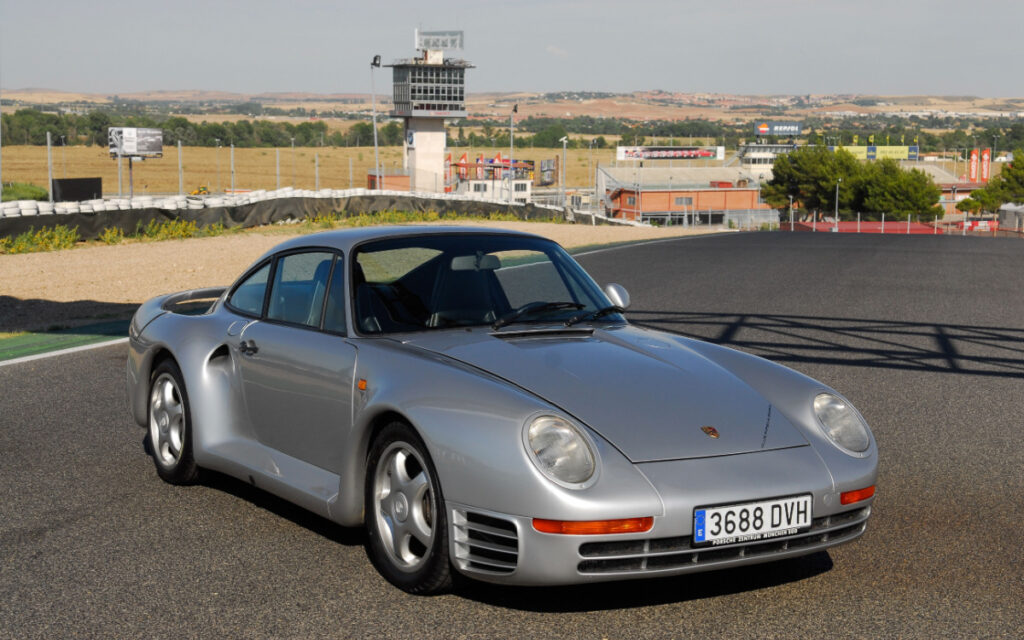
Pioneering advanced technology, the Porsche 959 featured an all-wheel-drive system and a twin-turbocharged engine that set new performance benchmarks. Its aerodynamic, rounded shape was engineered for speed and stability, while its lightweight aluminum and Kevlar body improved overall performance. The 959 introduced features like electronically adjustable suspension, showcasing Porsche’s commitment to cutting-edge design.
McLaren F1 (1992)
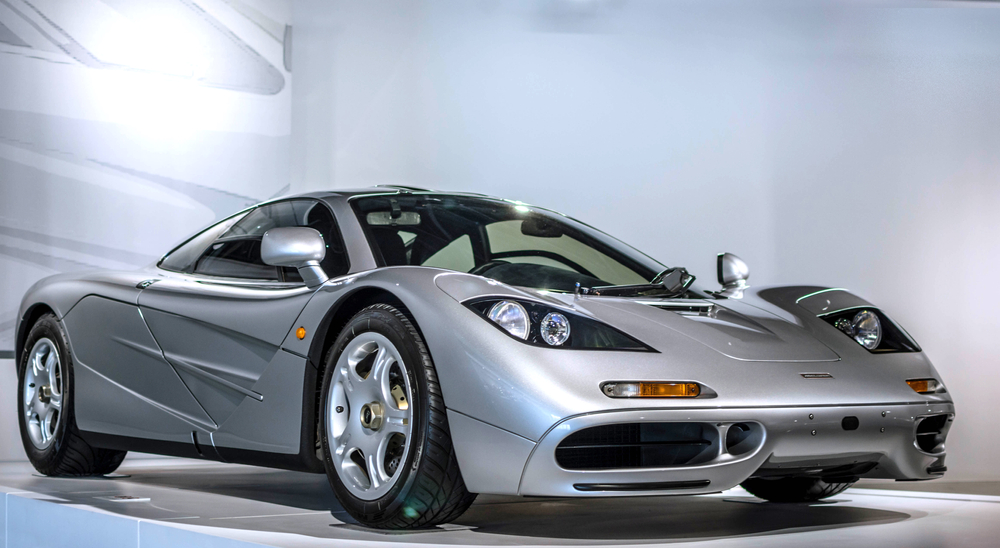
The McLaren F1 set itself apart with a central driving position, an innovation that enhanced driver visibility and balance. Its lightweight carbon fiber chassis was revolutionary, dramatically improving its power-to-weight ratio. The F1 also featured a meticulously designed engine bay, lined with gold foil for optimal heat dissipation. It wasn’t just a car—it was a blend of art, technology, and unmatched performance that redefined what a supercar could be.
Ford GT40 (1964)

Designed with one purpose—defeating Ferrari at Le Mans—the Ford GT40 became a racing legend. Its low profile and sleek body maximized aerodynamics, while its powerful V8 engine provided the speed needed to dominate endurance races. The GT40’s innovative engineering, including advanced cooling systems, ensured it could maintain performance over long distances. Its success on the track cemented its place in automotive history.
Bugatti Veyron (2005)
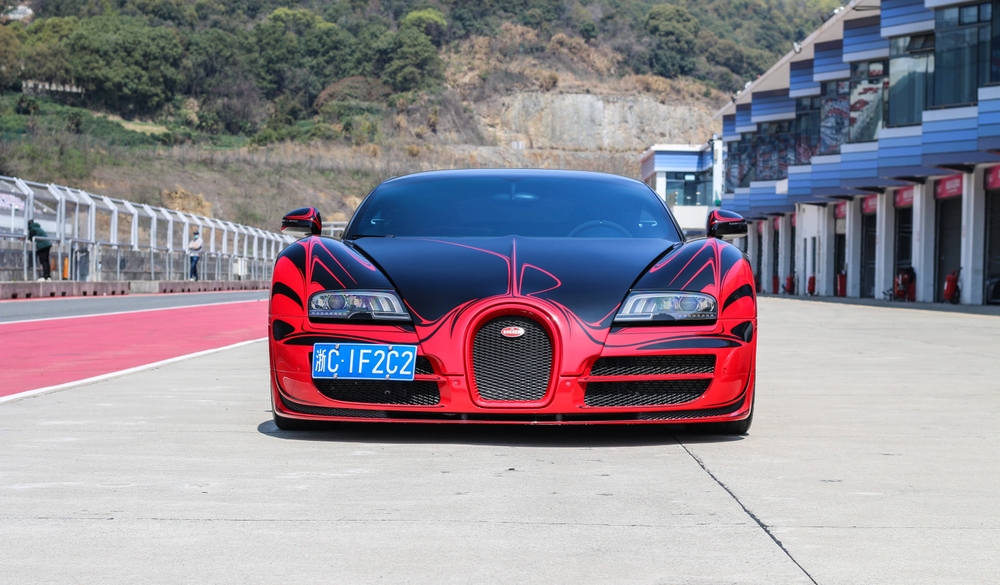
The Bugatti Veyron was designed with one goal in mind: to become the fastest production car in the world. Its streamlined body, massive quad-turbocharged W16 engine, and all-wheel-drive system made it a technological marvel. The Veyron’s ability to reach speeds over 250 mph was a feat of engineering, but its luxury interior and refined ride also made it a standout. This car’s design struck a balance between raw power and supreme comfort.
Lotus Elise (1996)

The Lotus Elise made waves with its ultra-lightweight design, employing an aluminum chassis that weighed under 150 pounds. This emphasis on weight reduction allowed it to deliver exceptional handling and responsiveness, even with a modest engine. The Elise’s design philosophy was simple yet effective, stripping away unnecessary features to focus solely on driving performance. Its impact on sports car design can still be seen in modern lightweight vehicles.
Chevrolet Corvette Stingray (1963)

The 1963 Corvette Stingray introduced a bold, futuristic design with its split rear window and sharp body lines. The Stingray’s fiberglass body, a revolutionary choice at the time, reduced weight without compromising strength. It also implemented new aerodynamic principles, enhancing performance at high speeds. This design not only turned heads but set the standard for future American sports cars.
Tesla Roadster (2008)
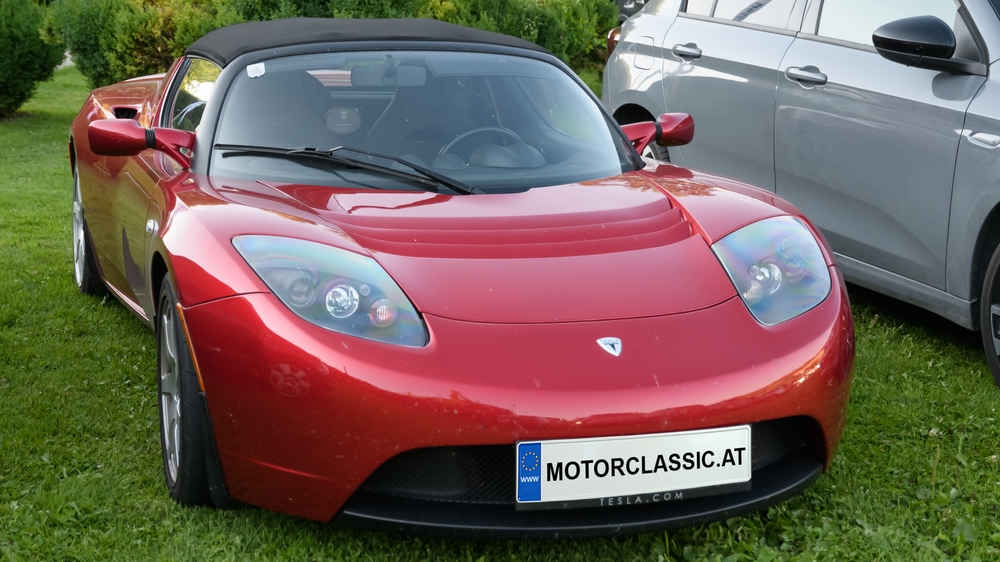
Tesla’s Roadster redefined what an electric sports car could be, with its sleek, aerodynamic design and cutting-edge battery technology. It proved that electric vehicles could compete with gas-powered cars in both performance and style. The minimalist design focused on efficiency, giving the Roadster a clean, modern aesthetic. Tesla’s innovation in combining electric power with a sports car form factor marked a major shift in automotive design.
Acura NSX (1990)

The Acura NSX brought a new level of precision to sports car design, combining mid-engine performance with daily driving usability. Its all-aluminum body was the first of its kind, reducing weight and improving agility. The NSX also incorporated cutting-edge suspension technology, providing superb handling without sacrificing comfort. This balance between practicality and performance made it a trailblazer in the supercar world.
Audi R8 (2006)

With its distinctive side blade and bold, modern bodywork, the Audi R8 brought a fresh aesthetic to the supercar market. It also featured an all-aluminum monocoque chassis, boosting both performance and safety. The Quattro all-wheel-drive system provided incredible grip, making the R8 as capable on twisty roads as it was on the track. Audi’s ability to blend luxury, technology, and performance made the R8 a standout in its class.
Jaguar E-Type (1961)

The Jaguar E-Type became an instant classic with its sleek, flowing lines and revolutionary long-hood design. Beyond its beautiful exterior, the E-Type was also built for performance, with lightweight materials and impressive aerodynamics for its time. The car’s combination of style and speed captivated the automotive world, and it has been celebrated as one of the most beautiful cars ever made.
DeLorean DMC-12 (1981)

The DeLorean DMC-12 stood out with its stainless-steel body and iconic gull-wing doors, offering a futuristic look that was unique for its time. Its angular, minimalist design gave it a distinctive appearance, but it was more than just a visual statement. The DeLorean’s unconventional materials and design made it a symbol of innovation, despite its performance shortcomings. Its legacy was further cemented by its role in pop culture.
Alfa Romeo 33 Stradale (1967)

The Alfa Romeo 33 Stradale was a masterpiece of Italian design, combining organic curves with cutting-edge engineering. It featured a mid-engine layout for enhanced handling and performance, while its dramatic gull-wing doors added to its exotic flair. Despite its racing pedigree, the 33 Stradale maintained an elegant and fluid aesthetic that set it apart from its peers. It remains a timeless example of beauty in automotive design.
BMW i8 (2014)

The BMW i8 was ahead of its time, blending hybrid technology with a futuristic, aerodynamic design. Its low, sleek body and scissor doors gave it a space-age look, while its plug-in hybrid powertrain provided both power and efficiency. The i8’s innovative use of lightweight carbon fiber-reinforced plastic reduced its weight and improved performance.
Dodge Viper (1991)

With its wide stance and long hood, the Dodge Viper embodied raw power and aggression in its design. Its V10 engine and minimal driver aids made it a thrilling, uncompromising sports car. The Viper’s design paid homage to classic American muscle while incorporating modern aerodynamic elements. This blend of old-school power and contemporary design helped the Viper carve out a unique place in automotive history.
Pagani Zonda (1999)
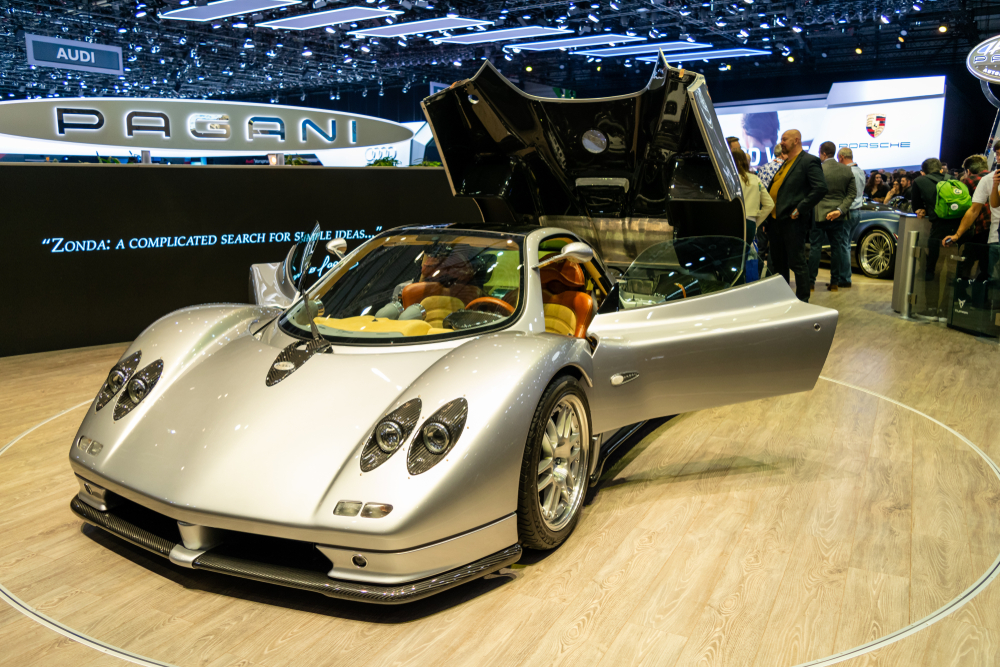
The Pagani Zonda was a work of art on wheels, with its curvaceous body and obsessive attention to detail. Every element of the Zonda’s design, from the intricate carbon fiber panels to the polished metal interior components, was crafted with precision. Its aerodynamic shape and powerful engine made it a high-performance machine, while its aesthetic elements elevated it to an art form. The Zonda pushed the boundaries of what a hypercar could be.
Aston Martin Valkyrie (2019)

The Aston Martin Valkyrie pushed the limits of aerodynamics and engineering with its extreme design, inspired by Formula 1 technology. Its low, sculpted body and intricate aerodynamic elements were designed for maximum downforce and speed. The Valkyrie’s lightweight carbon fiber structure, coupled with its hybrid powertrain, made it one of the most advanced hypercars ever built.
Nissan GT-R (2007)

Known as “Godzilla,” the Nissan GT-R redefined sports car performance with its twin-turbo V6 engine and advanced all-wheel-drive system. Its boxy yet aerodynamic design was optimized for speed, while its complex onboard computer system adjusted performance in real time. The GT-R’s technological innovations allowed it to punch well above its weight, offering supercar performance at a more accessible price. Its innovative design continues to inspire modern sports cars.
This article originally appeared in MyCarMakesNoise.
More from MyCarMakesNoise

Not all car detailing products live up to their bold claims. Many promise quick fixes and long-lasting results but often leave consumers disappointed. Read More.
19 Misconceptions About Sports Cars You Need to Ignore

Sports cars have long been surrounded by myths that often deter people from considering them. Whether it’s the belief that they’re only for the wealthy or impractical for everyday use, many misconceptions simply aren’t true. Read More.
20 Japanese SUVs Known for Their Off-Road Capabilities

If you’re looking for an SUV that can handle rugged terrain, Japanese automakers have a long history of producing reliable and capable off-road vehicles. From compact models to full-sized beasts, these SUVs are built to tackle challenging environments while still offering comfort and practicality. Read More.














